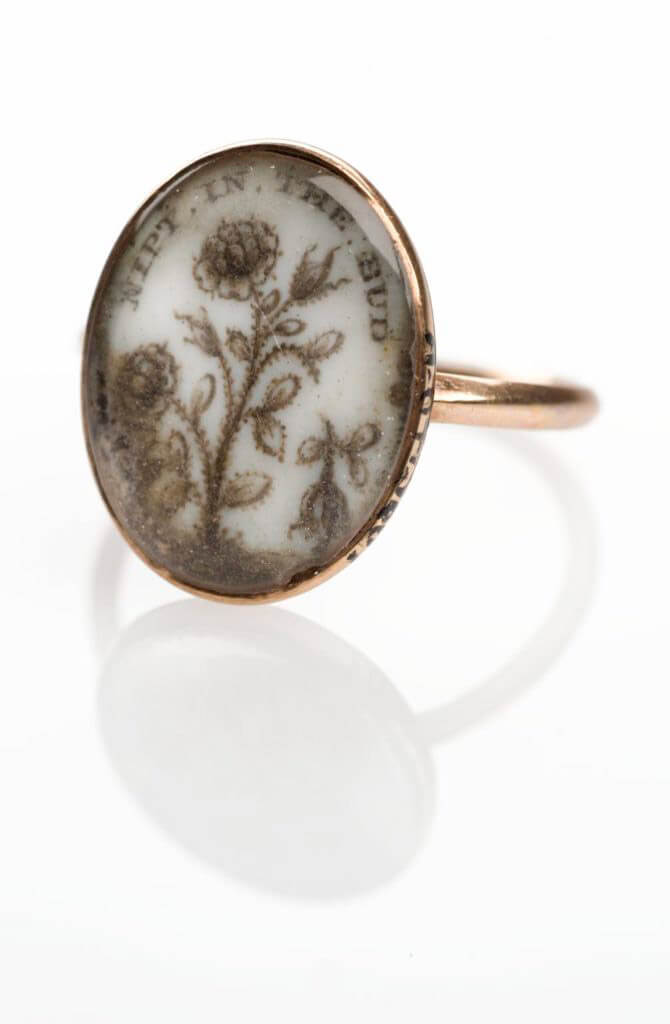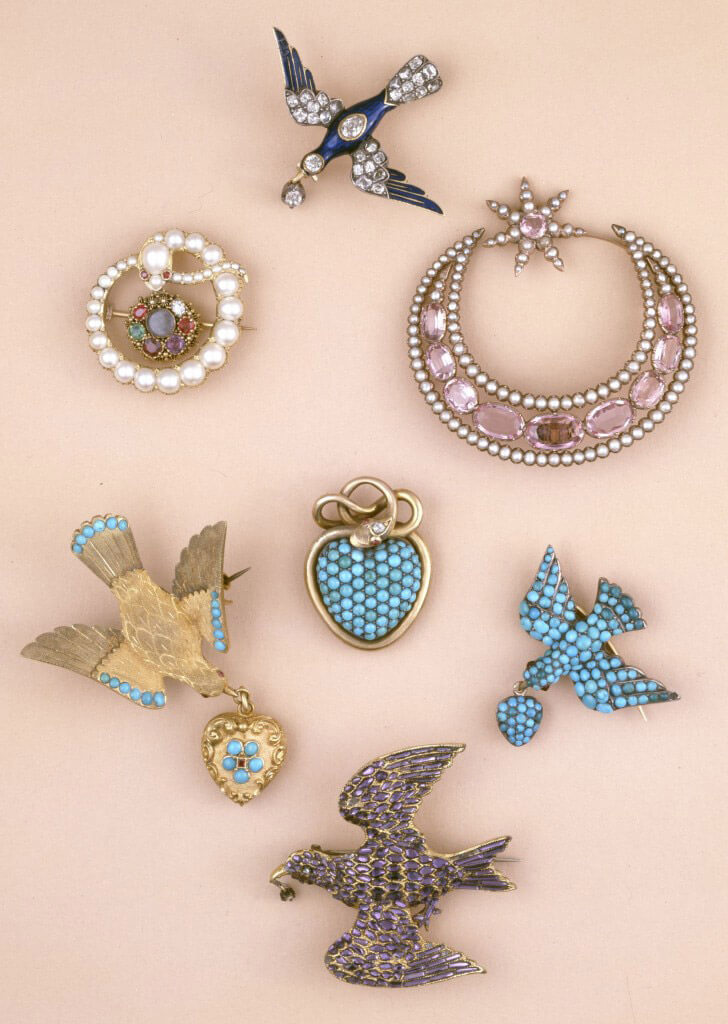Symbolism Meaning: Objects

Symbolism Meaning: Animals
Symbolism Meaning: Objects
Symbolism Meaning: Plants
Symbolism Meaning: Inscriptions
Symbolism Meaning: Gemstones
Anchor: Early Christians used the anchor as a disguised cross, and as a marker to guide the way to secret meeting places. A Christian symbol of hope, it is found as funerary symbolism in the art of the catacombs. Often set amongst rocks. It can also be an occupational symbol in sea-faring areas or the attribute of Saint Nicholas, patron saint of seamen, symbolised hope and steadfastness. An anchor with a broken chain stands for the cessation of life.
Angels: the agent of God, often pointing towards heaven; guardians of the dead, symbolising spirituality. Angels are shown in all types of poses with different symbolism.
Two angels can be named, and are identified by the objects they carry: Michael, who bears a sword and Gabriel, who is depicted with a horn.
Blowing a trumpet (or even two trumpets) representing the day of judgement, and Call to the Resurrection
Carrying the departed soul as a child in their arms, or as a Guardian embracing the dead. The “messengers of god” are often shown escorting the deceased to heaven.
Flying is rebirth
Many angels gathered together in the clouds: represents heaven.
Weeping: Grief, or mourning an untimely death.
Arch: Victory of life; or victory in death.
Arrow: denotes mortality.
Baby’s chair: small, empty furniture symbolised unfulfilled lives of children; represented the child now gone; with small shoes on chair – connection to childhood, symbolised inability to achieve adulthood.
Bible: connotes a religious lay person or a cleric.
Book: faith, learning to read and write, a scholar. A prayer, or knowledge or even memory (where it has a dog-eared page). It may represent the Book of Life and is often shown as a bible. A popular form is the book as a double page spread.
Candle: (With a flame) Life.
Chalice: Sacraments
Cherubs: The graves of children
Cherub’s Head: The soul
Children: Usually represent the untimely death of the innocent. They may be shown mourning a parent, but if holding a skull that means they are dead themselves.
Sleeping: Sleep is the tie between life and death; children are purity, artlessness, innocence.
Charisma: A cross like shape formed by a combination of two Greek letters, chi (X) and rho (P) corresponding to CH and R of the word, Christ, hence a symbol for Jesus Christ.
Circle: Perfection or eternity in the after world, life everlasting.
Coffin, sarcophagus, cemetery monument: Mortality
Columns
broken: An early grief, end of life, sorrow. Life cut short too soon. May be girded with flowers. This image represents the decay. It usually represents the loss of the family head.
with archway: Heavenly entrance.
Cross and anchor: Another early Christian symbol referring to Christ as “hope we have as an anchor of the soul, both sincere and steadfast” (Hebrews 6:19).
Cross: The crucifixion of Christ; circle in combination with Latin cross means never-ending existence / Faith.
Cross, Calvary: A Cross standing atop three steps of blocks, represents faith, hope and love (or charity).
Cross, Gothic: Floral cross with open flared out ends; symbolises the adult Christian.
Cross, Greek: Four equal length arms.
Cross, Ionic: Similar to Celtic Cross; symbolises everlasting salvation, love and glory. The circle around the cross represents eternity.
Crown: Immortality, righteousness, victory, triumph, resurrection, symbolic of honour or glory, glory of life after death. May be shown being offered to those on Earth by Angels.
Crown on a cross: Sovereignty of the Lord.
Doors and gates: Passage into the afterlife. Heavenly entrance.
Drapery over anything: Sorrow, mourning.
Flame: Eternity
Grim reaper: Death personified
Hand: A single hand, usually holding a spray or wreath of flowers is frequently used in mourning jewellery, but more often from Whitby jet. It is usually in memory of a husband or sweetheart.
Harp: Associated with David in the Old Testament; symbol of St. Cecilia, patron saint of musicians. Symbolic of worship in heaven, hope.
Hourglass: Time’s inevitable passing, attribute of death and Father Time, represents the passage of time and the shortness of life.
Keys: Keys stand for spiritual knowledge or, if held in the hands of an angel or saint, the means to enter heaven.
Knot: The interlaced Celtic knot represents resurrection and life everlasting.
Labyrinth: The passage of life.
Lamp: Knowledge, a love of learning, and the immortality of the Spirit.
Pall, pick, spade: Mortality.
Pitcher: Jewish symbol – traditional symbolism for Levites would have been the pitcher or ewer, representative of washing the hands of the High Priests.
Rod or staff: Comfort
Scroll: Symbol of life and time. Both ends rolled up indicates a life that is unfolding like a scroll of uncertain length and the past and future hidden. Often held by a hand representing life being recorded by angels. Can also suggest honour and commemoration.
Scythe: Death, the divine harvest.
Shell: The use of shell in burials is pre-Christian in practice and pre-dates even Egyptian burial practices. Shell is symbolic of fertility, resurrection and pilgrimage. Shells, coins and small stones are the traditional objects left at grave sites. There are several meanings given to this act. It may be a symbolic referral to the ancient custom of burying the dead under a cairn of rocks to protect the body from scavenging animals, or a reminder that the individual is not forgotten.
Scallop: Symbol of the Crusades, pilgrim, pilgrim’s journey, resurrection, life everlasting, connotes one’s life journey. A symbol of birth and resurrection, a traditional symbol of the Puritans.
Ship: The grave of a seafarer.
Sickle: Death as the “last harvest”.
Skull, skeleton: Mortality, death.
Star: Stars stand for the spirit, piercing the darkness as an expression of their triumph against the overwhelming odds of oblivion. Five pointed stars represent the spirit rising to heaven.
Sun setting: Death.
Sun shining/rising: Renewed life.
Sword: A military career.
Swords, crossed: Indicates death in battle.
Torch: Lit or upright torch represents life; the inverted or extinguished – death
Trumpets: Victory and Resurrection
Urn: Greek symbol of mourning, the body as a vessel of the soul, originating as a repository for the ashes of the dead in ancient times – a popular symbol of mourning. Most represent an ossuary. In several examples an Angel is looking inside it as if to inspect the contents. A flame is sometimes shown coming from the Urn. They are often draped with a cloth or festooned with a wreath or garland. This fashion of Urns persisted well into the 1850’s at least.
Urn, draped connotes death, often of an older person.
Vessel with flame: The eternal flame or the eternal spirit of man.
Winged face: Effigy of the soul of the deceased.
Winged globe: A symbol of the Egyptian sun god, Re; on Victorian monuments, it is symbolic of the power that can recreate, and, with the wings, means, “God, Lord over all, creator”.
Winged skull: Flight of the soul from mortal man.
Winged wheel: Symbol of the holy spirit
Woman:
weeping at a tomb: Widow / considered representation of the Madonna.
with or without the Bible pointing upward: faith
hanging onto Cross: faith. Original drawing accompanied Rev. Toplady’s hymn “Rock of Ages”. Also seen as woman clinging to pillar or anchor. Common motif on white bronze monuments and Masonic grave memorials.






